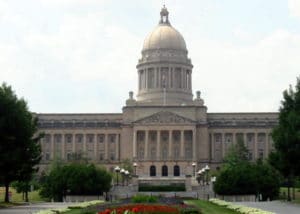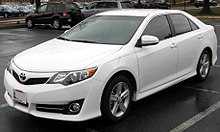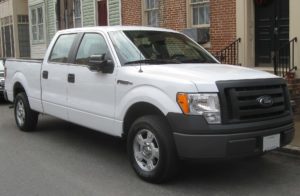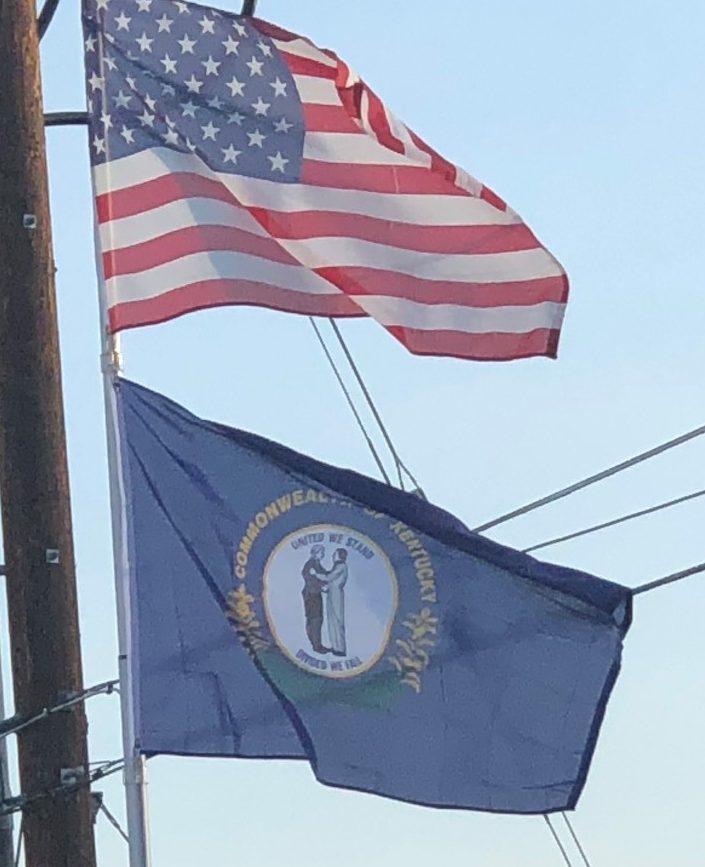On December 31, 1776, the region of Virginia beyond the Appalachian Mountains was established as Kentucky County by the Virginia General Assembly. On several occasions the region’s residents petitioned the General Assembly and the Confederation Congress for separation from Virginia and statehood.
One petition, which had Virginia’s assent, came before the Confederation Congress in early July 1788. Unfortunately, its consideration came up a day after word of New Hampshire’s all-important ninth ratification of the proposed Constitution, thus establishing it as the new framework of governance for the United States. In light of this development, Congress thought that it would be “unadvisable” to admit Kentucky into the Union, as it could do so “under the Articles of Confederation” only, but not “under the Constitution”, and so declined to take action.
On December 18, 1789, Virginia again gave its consent to Kentucky statehood. The United States Congress gave its approval on February 4, 1791.

Central Kentucky, the bluegrass region, was the area of the state with the most slave owners. Planters cultivated tobacco and hemp and were noted for their quality livestock. During the 19th century, Kentucky slaveholders began to sell unneeded slaves to the Deep South, with Louisville becoming a major slave market and departure port for slaves being transported downriver.
Kentucky was one of the border states during the American Civil War. Although frequently described as never having seceded, representatives from 68 of 110 counties met at Russellville calling themselves the “Convention of the People of Kentucky” and passed an Ordinance of Secession on November 20, 1861. They established a Confederate government of Kentucky with its capital in Bowling Green.
Though Kentucky was represented by the central star on the Confederate battle flag, it remained officially “neutral” throughout the war due to the Union sympathies of a majority of the Commonwealth’s citizens. Both Confederate President Jefferson Davis and U.S. President Abraham Lincoln were born in Kentucky.
Economy:
Early in its history Kentucky gained recognition for its excellent farming conditions. It was the site of the first commercial winery in the United States, started in present-day Jessamine County in 1799, and due to the high calcium content of the soil in the Bluegrass region quickly became a major horse breeding, and later racing, area. Today Kentucky ranks 5th nationally in goat farming, 8th in beef cattle production, and 14th in corn production. Kentucky has also been a long-standing major center of the tobacco industry – both as a center of business and tobacco farming.
Today Kentucky’s economy has expanded to importance in non-agricultural terms as well, especially in auto manufacturing, energy fuel production, and medical facilities.
Kentucky ranks 4th among U.S. states in the number of automobiles and trucks assembled. The bestselling car in the United States, the Toyota Camry, is manufactured in Georgetown, Kentucky.

The bestselling truck in the United States, the Ford F-Series, is manufactured in Louisville, Kentucky.

In addition, the Chevrolet Corvette, Cadillac XLR (2004–2009), Ford Escape, Ford Super Duty trucks, Ford Expedition, Lincoln Navigator, Toyota Avalon, Toyota Solara, Toyota Venza, and Lexus ES 350 are assembled in Kentucky.
